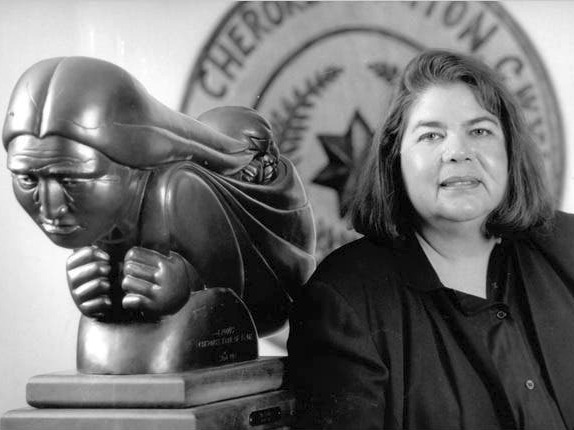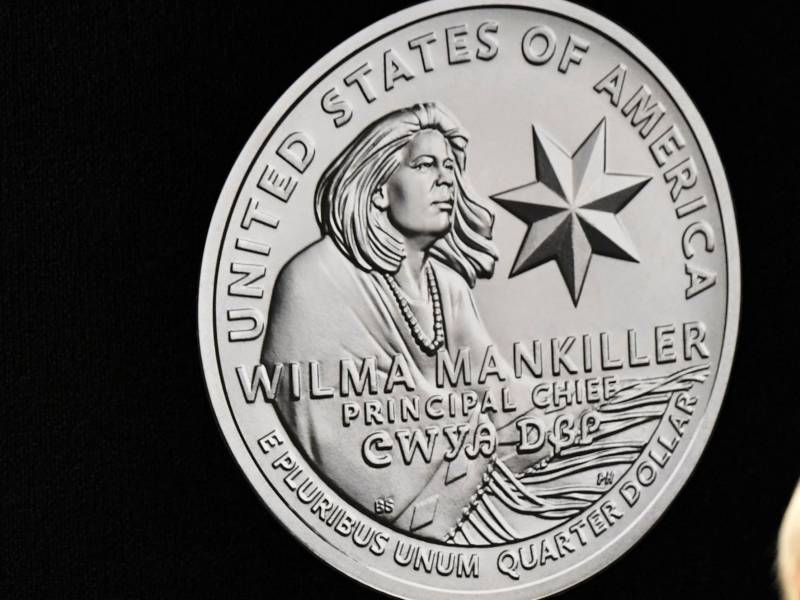Under her leadership, tribe enrollment tripled, employment doubled and new housing, health centers and children’s programs were established, according to The Wilma Mankiller Foundation.
In 1998, she received the Presidential Medal of Freedom from President Bill Clinton, the highest civilian honor in the U.S.
Mankiller nearly died in a severe car accident in 1979. She said the experience was life-changing, in that it led her to accept what she called a Cherokee approach to life.
“I think the Cherokee approach to life is being able to continually move forward with kind of a good mind and not focus on the negative things in your life and the negative things you see around you, but focus on the positive things and try to look at the larger picture and keep moving forward,” Mankiller told Fresh Air in 1993.
“[It] also taught me to look at the larger things in life rather than focusing on small things, and it’s also awfully, awfully hard to rattle me after having faced my own mortality … so the things I learned from those experiences actually enabled me to lead. Without those experiences, I don’t think I would have been able to lead. I think I would have gotten caught up in a lot of nonsensical things.”


9(MDAxOTAwOTE4MDEyMTkxMDAzNjczZDljZA004))

